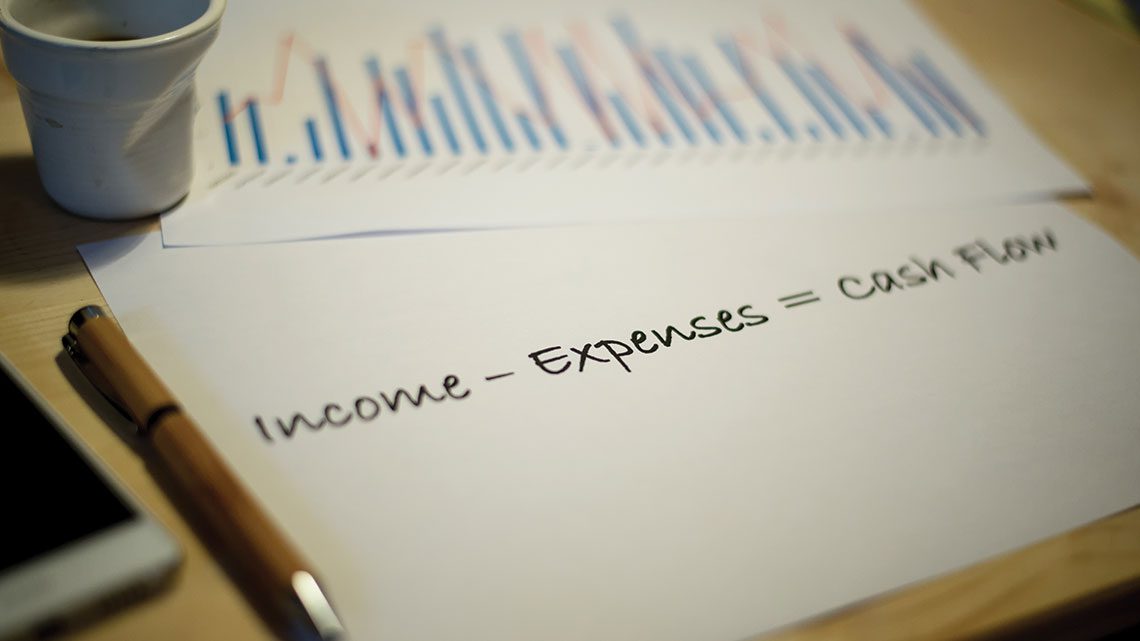As a fleet manager, you’ve likely become adept at orchestrating the intricate dance of vehicle acquisition, deployment, and maintenance. However, the lifecycle of a leased vehicle inevitably reaches its conclusion, bringing with it a new set of considerations: the end-of-lease process. While it might seem like a simple matter of returning the keys, a proactive and informed approach to navigating vehicle returns and exploring new lease agreements is crucial for minimizing costs, ensuring operational continuity, and strategically planning for your fleet’s future. At Corporate Fleet Services, we believe that a well-managed lease-end process is just as vital as the initial acquisition, and we’re here to provide the expert guidance you need to navigate these waters smoothly and efficiently.
The end of your fleet lease presents a pivotal moment. It’s an opportunity to assess the performance of your current vehicles, evaluate your evolving business needs, and strategically plan for the next phase of your fleet. Approaching this stage with a clear understanding of the process and your options is paramount to avoiding unexpected charges and ensuring a seamless transition.
Understanding the Lease-End Timeline and Your Responsibilities
Proactive planning is the cornerstone of a successful lease-end experience. Typically, your leasing agreement will outline the key steps and timelines involved. It’s crucial to familiarize yourself with these details well in advance of the termination date. This includes understanding:
- Notification Requirements: Most lease agreements require you to notify the leasing company of your intentions regarding the vehicle (return or potential purchase) within a specific timeframe prior to the lease end. Failing to do so can result in automatic extensions or other complications.
- Vehicle Inspection Process: Be aware of the standards for acceptable wear and tear outlined in your lease agreement. Understanding these guidelines will help you anticipate potential charges for excessive damage.
- Return Location and Procedures: Your lease agreement will specify the designated return locations and the required procedures for returning the vehicles.
- Potential End-of-Lease Charges: Familiarize yourself with potential charges for excess mileage, excessive wear and tear, and any administrative fees associated with the lease termination.
The Vehicle Inspection: Preparing for a Smooth Return
The vehicle inspection is a critical stage in the lease-end process. To minimize the risk of unexpected charges, it’s highly recommended to conduct your own thorough inspection of each vehicle before the official inspection. This allows you to identify and potentially address any issues that might be deemed excessive wear and tear. Common areas of concern include:
- Exterior Damage: Scratches, dents, and chipped paint beyond normal wear.
- Tire Condition: Tread depth below the legal limit or damage to sidewalls.
- Interior Damage: Tears, stains, or excessive wear on upholstery, carpets, and trim.
- Mechanical Issues: Ensure all vehicle systems are functioning correctly.
Addressing minor issues before the official inspection, such as professional detailing or small repairs, can often save you significant costs in the long run. Corporate Fleet Services can provide guidance on wear and tear standards and connect you with trusted service providers if needed.
Your Options at Lease End: Return, Purchase, or Extend?
The end of your lease doesn’t necessarily mean the end of your relationship with the vehicle or the leasing company. You typically have several options to consider:
- Vehicle Return: This is the most straightforward option. After the vehicle inspection and completion of any necessary paperwork, you simply return the vehicle as per the terms of your agreement.
- Vehicle Purchase: Many lease agreements offer the option to purchase the vehicle at a predetermined price at the end of the lease term. This might be a viable option if the vehicle has served your needs exceptionally well and the purchase price is favorable.
- Lease Extension: In some cases, you may have the option to extend your current lease for a specified period. This can provide short-term flexibility if your fleet needs haven’t changed significantly or if you need more time to decide on a new agreement.
Navigating New Lease Agreements: Planning for Your Fleet’s Future
The end of one lease agreement marks the beginning of an opportunity to strategically plan for your fleet’s future. This is the ideal time to:
- Re-evaluate Your Needs: Have your business needs evolved since your last lease agreement? Do you require different types of vehicles, adjusted mileage allowances, or new features?
- Assess Vehicle Performance: Review the performance, reliability, and fuel efficiency of the vehicles in your recently ended lease. This feedback can inform your decisions for your next fleet.
- Explore New Vehicle Technologies: Consider the latest advancements in vehicle technology, including electric vehicles, safety features, and connectivity options, and how they might benefit your business.
- Review Your Budget: Determine your fleet budget for the upcoming lease term.
- Consult with Your Fleet Management Partner: This is where the expertise of Corporate Fleet Services becomes invaluable. Our dedicated account managers work closely with you to understand your evolving needs, analyze your options, and develop a new lease agreement that aligns perfectly with your business objectives and financial parameters.
Partnering with Corporate Fleet Services for a Seamless Transition
At Corporate Fleet Services, we understand that the end of a lease doesn’t have to be a complicated or stressful process. Our experienced team is dedicated to providing expert guidance and support throughout every stage, including vehicle returns and the negotiation of new lease agreements. We will:
- Provide Clear Communication: We’ll keep you informed about key timelines and procedures.
- Offer Guidance on Vehicle Inspections: We’ll help you understand wear and tear standards.
- Facilitate the Return Process: We’ll ensure a smooth and efficient vehicle return.
- Analyze Your Future Needs: We’ll work with you to identify the optimal vehicles and lease terms for your next agreement.
- Negotiate Competitive Lease Rates: Leveraging our industry expertise and relationships, we strive to secure the most favorable terms for your business.
By proactively planning for the end of your lease and partnering with Corporate Fleet Services, you can navigate this crucial stage with confidence, minimize potential costs, and strategically position your fleet for continued success. Don’t let the end of your lease be an afterthought; let it be a well-managed step towards a more efficient and effective fleet. Contact Corporate Fleet Services today to discuss your upcoming lease-end and explore the possibilities for your next fleet agreement.

